I have now been interviewed numerous times in the past few months about my current Thoroughbred project, Called To Serve. More so since the Retired Racehorse Project’s TB Makeover, where we won the dressage discipline.
And each time, I am asked the same question: Why Nixon? What made you pick him? I usually answer with the same cliché sound bite—he is big, he is sound, he is young, and he is put together beautifully.
But so much more goes into my decision of which projects to take on and which projects to turn away. So here are some things that you can do in order to assess if the horse that you are looking at is the right off-the-track Thoroughbred for you:
1. Know your goals:
Are you going to Rolex? Or do you want to simply mosey down a trail on the weekends?
Will you be working with a trainer? Or do you consider yourself a trainer? These questions are so imperative to know the answers to before you even begin your journey.
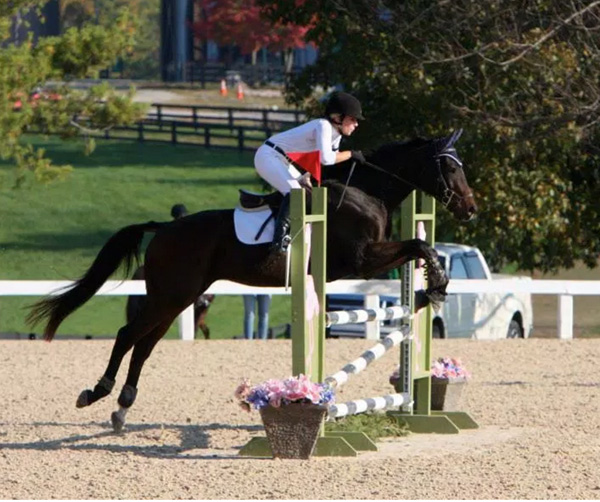
Maybe your goals look like this…
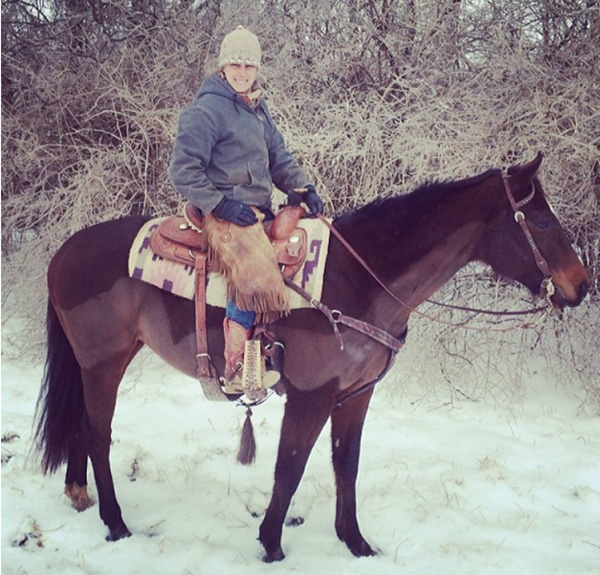
Or like this.
Are you personally prepared to transition a horse? Or do you want one that will be “job ready” on your first ride? Because if you are not ready to manage at least a few of the quirks that tend to come with an off-the-track Thoroughbred (i.e. a lack of standing still while mounting, or a horse who isn’t quite sure of what a flower box is), then maybe deterring from the entire process and shopping for an already retrained horse is right for you.
2. Do your homework:
There is so much information that can be obtained on these horses, and not just from the trainer or owner that you are talking to. Let websites like Equibase become your best friend.
This is a free platform that is full of information. And I don’t mean use this website in order to run away from horses who have had 99 starts. In fact, I tend to think the opposite. But education is empowering. So empower yourself. Be the best horse shopper that you can be!
See your potential horse’s race record—evaluate it thoroughly. Are there large gaps of time where the horse has not raced? Did the trainer tell you about that time? Was it for a rehabbed tendon? Or simply because they gave winters off.
This website, and the charts that come with it, can also tell you other information like, did your horse run on Lasix? If he did, was it because he was a chronic bleeder? Did your horse start running as a 2-year-old? Or a 4-year-old? Why?
This website also allows you to see auction information on your horse, which can be utilized in the proper hands. Was your horse by Toccet and sold for $60,000 as a yearling in 2010? He probably had clean radiographs and was put together well, as this was considered a good price for that sire.
But was your horse by Bernardini and sold in 2011 as a yearling for $30,000? Then I would be skeptical of either his conformation or his radiographs/scope at the time. And if he is now beautifully put together as a 5-year-old, chances are, it was the radiographs.
And if your horse was a bigger racehorse (think stakes horse), you can probably even dig up stories about him/her on other websites such as the Daily Racing Form, Thoroughbred Daily Network, and The Bloodhorse. These sites taught me things about Called To Serve on his training style, his quirks, and his running technique—invaluable information to me during his transition.
3. Understand the world:
ADVERTISEMENT
There are so many things that will be different between evaluating a horse on the backside and evaluating a horse at a farm. Know the questions that you want to ask the trainer/owner/manager ahead of time, and be prepared to ask those quickly and make sure you understand the answers. Save yourself a trip by asking the majority of these ahead of time.
But also understand the lingo. To the race world, 15.3 hands means EXACTLY 63 INCHES. Very few horses in the race world will ever be advertised as over 17 hands, although these horses mysteriously grow once they jump a fence or two.
A “ridge” means you will probably have a more expensive surgery than a simple castration. “Some maintenance” probably means more than some biotin in the feed. And if the horse is still A HORSE at the age of 6, you have a high risk of that horse still carrying on with stallion-like tendencies even after castration.
And hot… well, hot means hot.

Maybe not for beginners…
And while you might not be able to actually swing a leg over the horse if he is still located on the track, that does not mean that you cannot physically go lay an eye on him. Watch him walk, watch him jog, and evaluate his personality.
This is your best safety net. Your own eyes. Pictures are great, videos are useful, but your own eyes, ears, and hands, are so, so, so much better.
4. Don’t get fixated on pedigree, but use pedigree to your advantage:
I hear all of the time that someone won’t buy a Storm Cat because they’re “mean” or an Unbridled’s Song because they’re “unsound” and while I agree that somewhere, somehow, something happened to start these rumors, there is a time and a place to listen, and a time and a place to ignore.
I personally own a horse whose broodmare sire is Dynaformer, which automatically make people assume that he is tough—and this couldn’t be further from the truth. He is the easiest horse I have ever worked with.
And while I love selecting horses based on a pedigree that tends to lean towards a turf horse, or pedigrees that tend to throw classic distances, I stray away from listening to the rumors about pedigree’s throwing attitude. In my personal experience, attitude is affected by the mother that brought that foal into the world, and the people who have handled it from that day on.
The sire that never interacted with the specific foal has minimal effect. And trust me, even though Unbridled’s Song may have a reputation for soundness issues, if I were offered one who had ran 30 times and he passed a vetting, I wouldn’t hesitate to make an offer.
And again, use your horse’s pedigree to understand his sales prices, his race record, and his connections. The more educated you are on these topics, the easier it will be to find the “type” of horse that you want to search for.
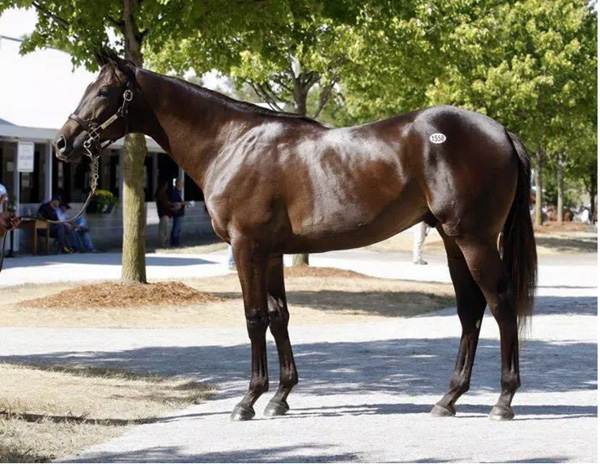
Called To Serve as a yearling. Photo by Matt Goins Photography
Again, using Called To Serve as an example, I know that he sold for $290,000, and that he is by Afleet Alex. I could review Afleet Alex’s average yearling sales prices on websites such as The BloodHorse and find that his average colt price is $42,000—again, letting me know that this horse that I am evaluating was considered exceptional even as a yearling.
5. Conformation, not confirmation:
One of the most important things that I assess when choosing a project horse is conformation. And this means more to me than just about any other variable besides soundness, although I feel the two go hand in hand. I am asked constantly what I look for in conformation, so here are my rules:
Ankles matter most. Long upright ankles, or long relaxed ankles will make me turn down a horse that is otherwise perfect. To me, the ankle takes the majority of stress in daily activity, and both laxativity or contractility of these tendons and ligaments will make me run. The ankle, and the hoof, should be at an almost perfect 45-degree angle.
ADVERTISEMENT
After ankles, I look at placement of the neck, and angle of the shoulder, but both of these are affected by again, my goals. A horse with a poorly placed neck may not get to Rolex, but again, how many of us are heading that way? My own personal event horse has a much lower-set neck, and guess what—he is quite happily bebopping around training level with quite good dressage scores!
And finally, after neck and shoulder placement, I look at hocks. Many horses may be beautifully put together from a profile, and yet have what I call “wobbly hocks”—hocks that seem to shake under the weight of the haunch upon movement, and appear “sickle hocked” or “cow hocked” upon closer examination. To me, this indicates a weak hind end, and one that will struggle with propelling a horse up and over a fence.
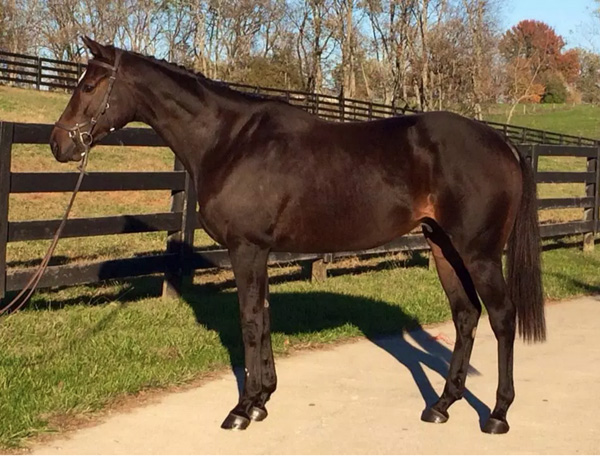
An example of a prospect that I find appeaking for a future in eventing. Well placed neck, good shoulder angles, short-coupled and good ankles.
6. Vet the horse, vet the trainer, and vet your vet:
And finally, after doing your homework, and asking the right questions, and watching the horse move, VET HIM. And vet your vet.
Find a vet that you can trust, who also understands your goals and ambitions, and who is both realistic of those goals, as well as realistic about the horse that you are evaluating.
Are you buying your horse for resale? Or for yourself? Are you planning on using him for up-down lessons in four years? Or running your first two-star event? Very few horses will have the “perfect vetting,” but having a vet who can explain the blemishes to you in a sensible and descriptive way is critical.
Use your homework to know what all this vetting should it entail. If he ran on Lasix, do a thorough assessment of his breathing. If he had a year off for a suspensory, be prepared to ultrasound.
If all of this checks out, and you have done all of your homework, be respectful and mindful of the trainers, owners, and farm managers that you are interacting with as you journey through this adventure. While each of these people want the best for their horses, this is not their primary career, and therefore what we perceive as a lack of information or strange behavior may simply be a lack of understanding.
Just as many of the sport horse trainers and industry members are lacking an education of the backside, many of the backside workers are uneducated on the workings of a show barn.
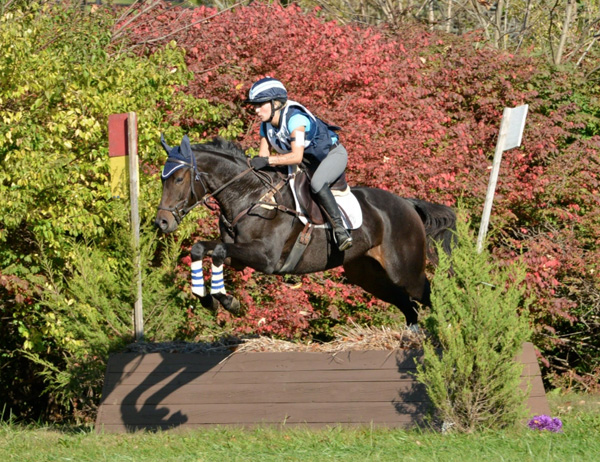
Being smart about choosing your off-the-track Thoroughbred can help ensure that your horse transitions into a new career successfully.
I truly believe that out of the 25,000 Thoroughbreds born every year, there is a Thoroughbred out there for everyone. Hunters, jumpers, barrel racers, polo players, eventers, and trail riders alike. This breed is unique in that we breed to race and we breed to sell, we breed sprinters and marathoners, turf and dirt, short and tall, for jump and for flat.
Ninety nine percent of these horses can, and will be, successful in a second career. But the most critical part of this journey is that first second career. That first person who takes them from the track, who evaluates them thoroughly, and then helps guide them into this new world.
And so therefore, be the best first person that you can be—the one who gives that horse and his second career the best chance. Because success can be measured in many ways—blue ribbons, money earned, silver platters.
But the greatest success, at least to me, is seeing these horses who are bred to run as fast as the wind, suddenly turn on a dime, jump a wall, and canter gracefully across an arena.
A lifelong horse enthusiast and eventer, Carleigh Fedorka currently resides in Lexington, Ky., where she is a graduate student at the University of Kentucky studying equine reproduction. Before this, she worked on Thoroughbred breeding farms like Hinkle Farms and Chesapeake Farms. Carleigh has placed, sold, and owned a variety of horses—mainly Thoroughbreds—but currently competes on her own Dynamaker.
When she is not riding her horses, Carleigh is a racing enthusiast, and helps her boyfriend on his own farm while also enjoying their two Labradors. She doesn’t like to admit it, but she is also an avid needlepointer and a closeted 80-year-old. You can read all of Carleigh’s COTH blogs here and more on her personal blog site, A Yankee In Paris.














